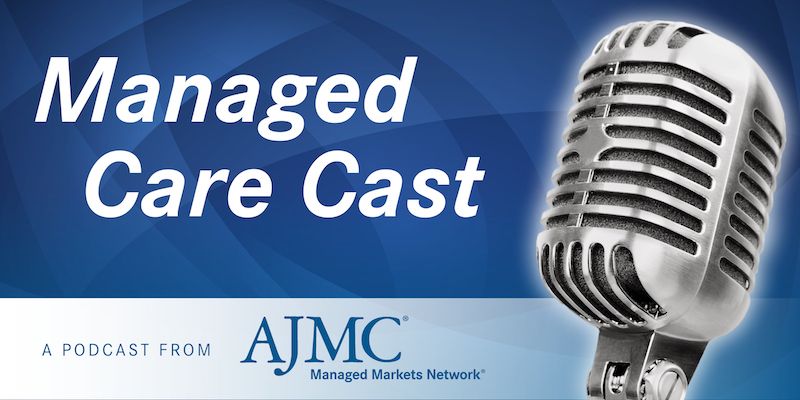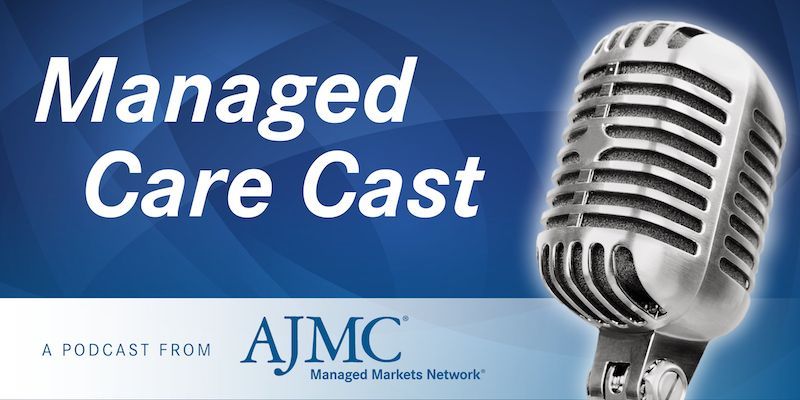Article
School-Based Telehealth Programs Shown to Benefit Children With Asthma in Medically Underserved Communities
Author(s):
School-based telemedicine was shown to potentially enhance healthcare benefits for children with chronic diseases, such as asthma, in rural and medically underserved communities, according to a study.
School-based telemedicine was shown to potentially enhance healthcare benefits for children with chronic diseases, such as asthma, in rural and medically underserved communities, according to a study published today in JAMA Pediatrics.
For families living in medically underserved rural areas across the United States, access to high-quality outpatient pediatric care can be difficult. Children insured by Medicaid often face difficulties in finding a primary care physician or scheduling an appointment, which contributes to preventable pediatric visits to an emergency department (ED) for illnesses such as asthma.
Telehealth technology provides an opportunity to bridge this gap in effective healthcare application, especially through school-based telemedicine programs that monitor and facilitate the delivery of necessary, non-urgent care. While telehealth has become a viable approach for improving access to healthcare in underserved areas, its associated effectiveness on health outcomes through programs specifically designed for children has remained overlooked.
Researchers sought to determine whether telehealth effectively improved care for populations in rural communities through examining associations of school-based telehealth programs with all-cause ED visits by children enrolled in Medicaid. The study analyzed 2,443,405 child months of Medicaid claims for 23,198 children aged 3 to 17 years living in rural South Carolina. The data compared all-cause ED visits by children in Williamsburg county who had a school-based telemedicine program with visits by children living in 4 adjacent counties without the program, with an additional subsample including children with asthma.
Data revealed parallel statistical trends for pre- and post-program intervention in the full study through mean (SD) proportions of monthly ED visits in the intervention Williamsburg county and the 4 control counties:
- SD in Williamsburg (pre-intervention = 3.65% [0.10%], post-intervention = 3.87% [0.11%])
- SD in 4 counties (pre-intervention = 3.37% [0.04%], post-intervention = 3.56% [0.04%])
The asthma subsample, however, revealed an interaction of the proportions between the pre- and post-program intervention period and the intervention/control counties:
- SD in Williamsburg (pre-intervention = 3.16% [0.31%], post-intervention = 3.38% [0.34%]).
- SD in 4 counties (pre-intervention = 3.02% [0.10%], post-intervention = 3.90% [0.11%]).
While the regression analysis of the full sample revealed no association of the telehealth program with ED visits, the analysis of the asthma subsample revealed a significant reduction of 0.66 percentage points (95% CI, -1.16 to -0.17; P<.01) per 100 children each month in ED visits, accounting for an approximate 21% relative decrease.
“Our finding suggests that although this school-based telehealth program may have no overall benefit to children with little access to care, this program may deliver substantial health benefits to those with serious chronic diseases, such as asthma, living in rural and medically underserved communities,” wrote the authors.
The stark decrease in visits to the ED for children in the asthma substudy reveals an association between telemedicine and chronic disease management. This improved quality of care can potentially enhance healthcare benefits for children in medically underserved communities, which highlights its importance for implementation.
The authors noted that future research is warranted to further substantiate links between pediatric telehealth programs and health outcomes.
Reference
Bian J, Cristaldi KK, Summer AP, et al. Association of a School-Based, Asthma-Focused Telehealth Program With Emergency Department Visits Among Children Enrolled in South Carolina Medicaid. [published online September 9, 2019]. JAMA Pediatrics. doi: 10.1001/jamapediatrics.2019.3073.





